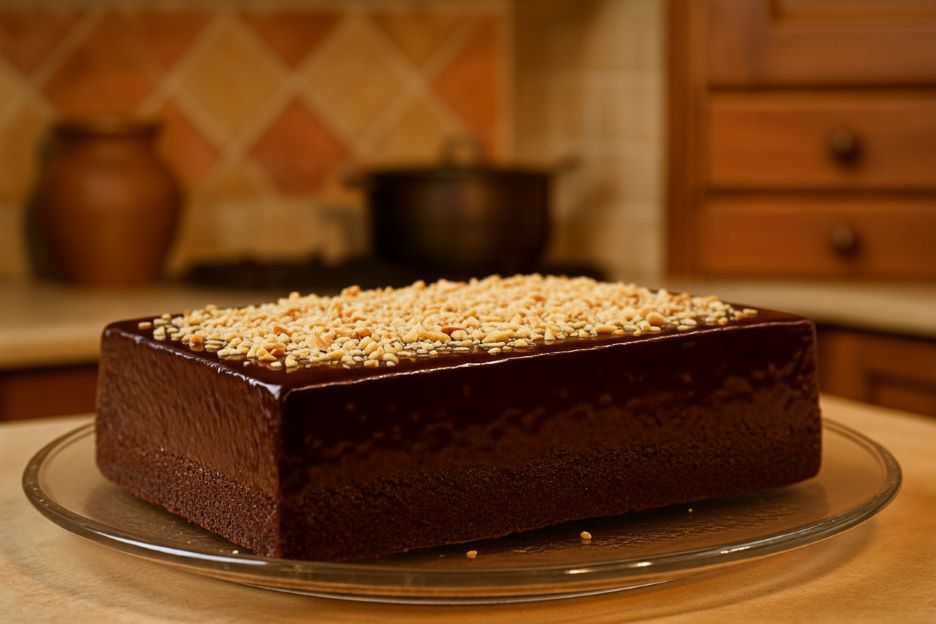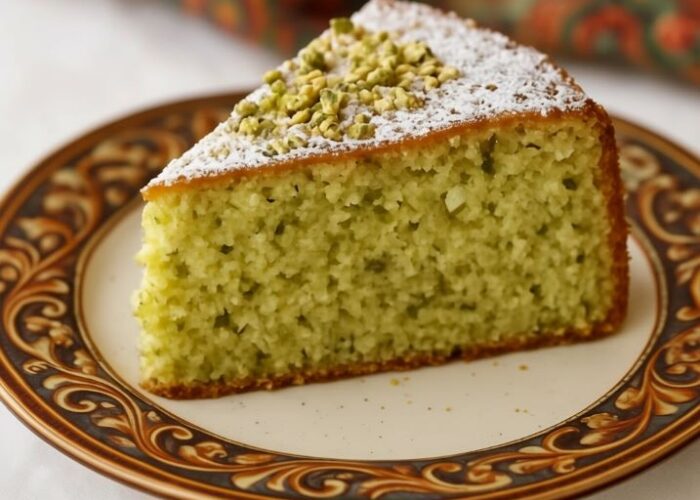Bonet: A Rich Tradition from Piedmont
Bonet (pronounced bo-NAY) is a classic dessert from Piedmont, Northern Italy. It’s smooth, deeply flavored, and steeped in history. Think of it as Italy’s answer to crème caramel but with a twist.
Bonet is a baked chocolate custard. It’s made with cocoa, crushed amaretti cookies, rum (or espresso), and topped with a caramel glaze. The result is bittersweet, nutty, and incredibly creamy. Every bite feels indulgent, yet familiar.

A Dessert Fit for Royalty
This dessert has noble roots. It was once served in the royal courts of the House of Savoy. Early versions didn’t include chocolate. That changed in the 17th century, when cocoa arrived in Europe. The addition transformed Bonet into the rich dessert we know today. What sets Bonet apart? Its flavor. The mix of almondy amaretti, dark cocoa, and caramel creates a layered, complex taste. The texture is silky, like flan, but with more depth. And it’s naturally gluten-free, no flour needed, thanks to the amaretti.
You’ll find Bonet across Northern Italy, especially during the holidays or after a big meal. It’s a staple in homes and restaurants alike. Rich but not heavy. Traditional, yet timeless.
Bonet is a bite of Italian history. It’s the warmth of a Piedmont kitchens, the elegance of old-world dining, and the comfort of something made with care. Serve it chilled, slice it clean, and let the flavors speak for themselves.
Shape It from Classic Ramekins to Showstopper Molds
You don’t have to stick to tradition when it comes to shaping your Bonet, in fact, that’s half the fun. While classic ramekins offer that elegant, individual touch (and zero slicing stress), you can also go bold with a loaf pan for dramatic slices or a bundt mold if you’re out to impress. Glass jars give it a modern rustic twist perfect for dinner parties where no one wants to share dessert. And if you’re feeling playful, silicone molds let you experiment with shapes like domes or hearts without worrying about sticking. No matter the shape, Bonet always delivers that same silky, rich magic but the mold you choose can totally set the vibe.

Serving
Bonet is traditionally served cold, which allows its creamy texture and complex flavors to fully develop. After chilling for several hours (ideally overnight), it’s inverted onto a plate, revealing a beautiful, glossy layer of caramel on top.
Whether you’re serving it at a dinner party or enjoying a quiet night in, Bonet makes for a stunning yet comforting dessert that will leave a lasting impression.
Take your traditional Bonet to the next level by topping it with crushed amaretti cookies, a light dusting of cocoa powder, or a swirl of fresh whipped cream. These simple garnishes add the perfect contrast of texture and flavor balancing the smooth, creamy custard with crunch and richness
Chill well: Serve straight from the fridge. The cold temperature enhances the contrast between the smooth custard and the bittersweet caramel.
Garnish lightly: Add a touch of elegance with:
Crushed amaretti cookies for crunch
A light dusting of cocoa powder or powdered sugar
Fresh berries or a sprig of mint for color and freshness
Optional sides:
A small dollop of whipped cream
A shot of espresso or a glass of dessert wine like Moscato d’Asti or Vin Santo
Bonet actually gets better after a night in the fridge, as the flavors settle and deepen — so don’t be afraid to make it ahead.
How to store it properly
Now, it’s the kind of dessert you serve when you want to impress but still keep things cozy and down-to-earth. It’s naturally gluten-free, incredibly satisfying, and easy to make ahead which is always a win.
Refrigerator:
Cover the Bonet tightly with plastic wrap or store individual servings in airtight containers. It’ll keep well in the fridge for up to 4–5 days. Serve it chilled, straight from the fridge no reheating needed.
Freezer (yes, really):
You can freeze Bonet, though the texture might become a bit less silky once thawed. Freeze in individual portions, tightly wrapped, for up to 1 month. Let it thaw overnight in the fridge before serving. A quick stir or gentle whip can help revive the texture.
Tip: If you’re serving Bonet to guests, make it the day before. It not only saves you time, but the custard sets beautifully and tastes even better the next day.













